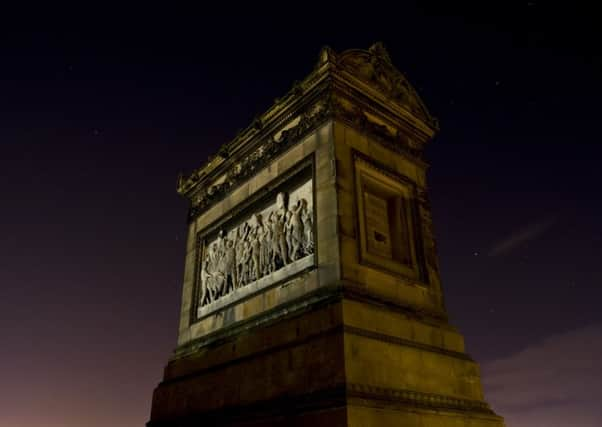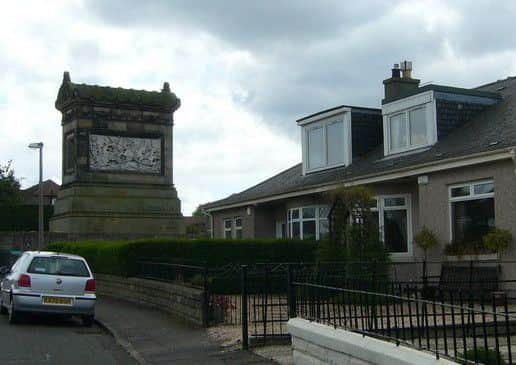Craigentinny's peculiar '˜Roman' tomb
This article contains affiliate links. We may earn a small commission on items purchased through this article, but that does not affect our editorial judgement.


The mausoleum, popularly known as the Craigentinny Marbles, was commissioned in 1848 following the death of William Henry Miller, a former MP for Newcastle-under-Lyme, and owner of Craigentinny House.
Miller was exceptionally wealthy, setting aside a significant slice of his £300,000 fortune to pay for a fitting final resting place to be built in Craigentinny close to modern-day Portobello Road. Around £20,000 was paid to renowned architect David Rhind to design an extravagant monument inspired by the ancient tombs of Rome’s Appian Way.
Advertisement
Hide AdAdvertisement
Hide AdUpon Miller’s death, a team of 80 labourers were tasked with digging out a 30ft deep, stone-lined burial shaft, with a large slab placed over the top. The extreme depth of the burial plot was a specification set by Miller himself, who was determined to prevent his corpse being exhumed by any would-be body snatchers.


Miller also stipulated that his coffin be encased in lead, and that the mausoleum be built on the open fields of Craigentinny far away from any churches. Craigentinny, at that time, was a sparsely-populated, open patch of land controlled by the independent burgh of Leith and fitted the bill perfectly.
One popular theory suggests that the need for such a robust and well-protected tomb, far from any people or religious sites, is evidence that Miller was a subscriber to the occult - more concerned with the possibility of rising from the dead as a blood-sucking vampire than with grave robbers. Miller’s living relatives have refuted this suggestion, describing it as “fantasy”.
The monument is decorated with two expertly-carved marble panels depicting biblical scenes, ‘The Overthrow of the Pharaoh’ and ‘The Song of Moses and Mirriam’. These panels were fixed to either side of the mausoleum upon its completion in 1856, and gave rise to its intriguing name.


Advertisement
Hide AdAdvertisement
Hide AdWhen Leith merged with Edinburgh in 1920, the lands surrounding the Craigentinny Marbles were earmarked for residential use. By the 1930s, the classical monument suddenly looked rather bizarre, protruding out suspiciously from a homogenous sea of 20th century bungalows.
An eccentric burial place, then, for an equally-eccentric occupant. It still draws puzzled looks from passengers on the No. 21 bus to this day.
DOWNLOAD THE EDINBURGH EVENING NEWS APP ON ITUNES OR GOOGLE PLAY
